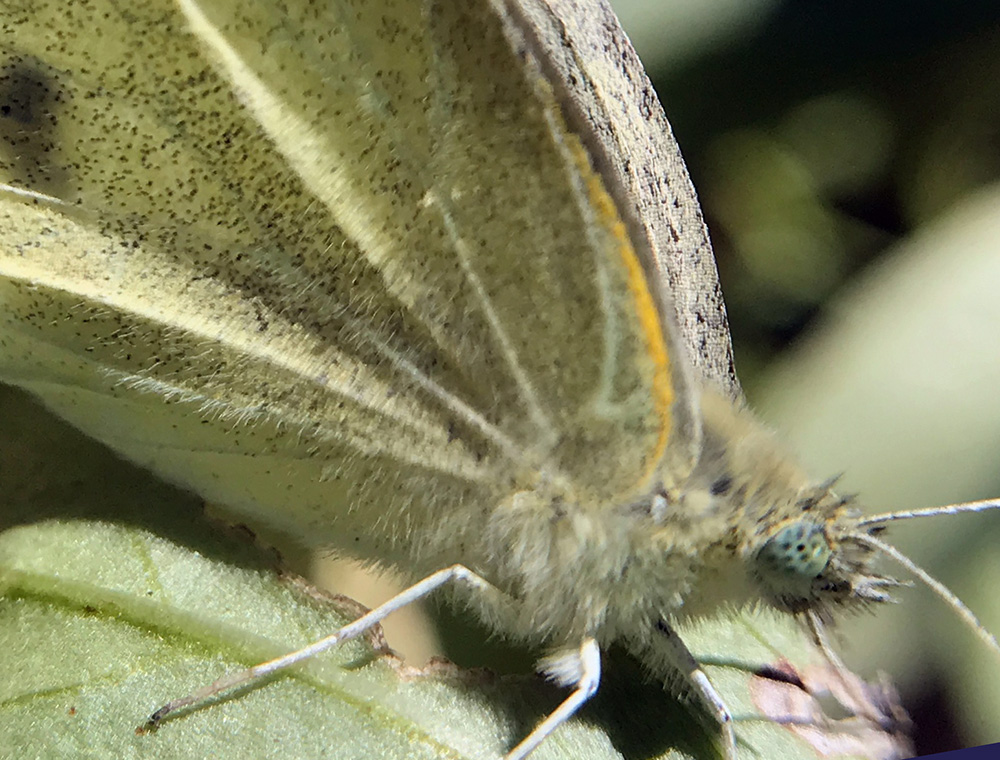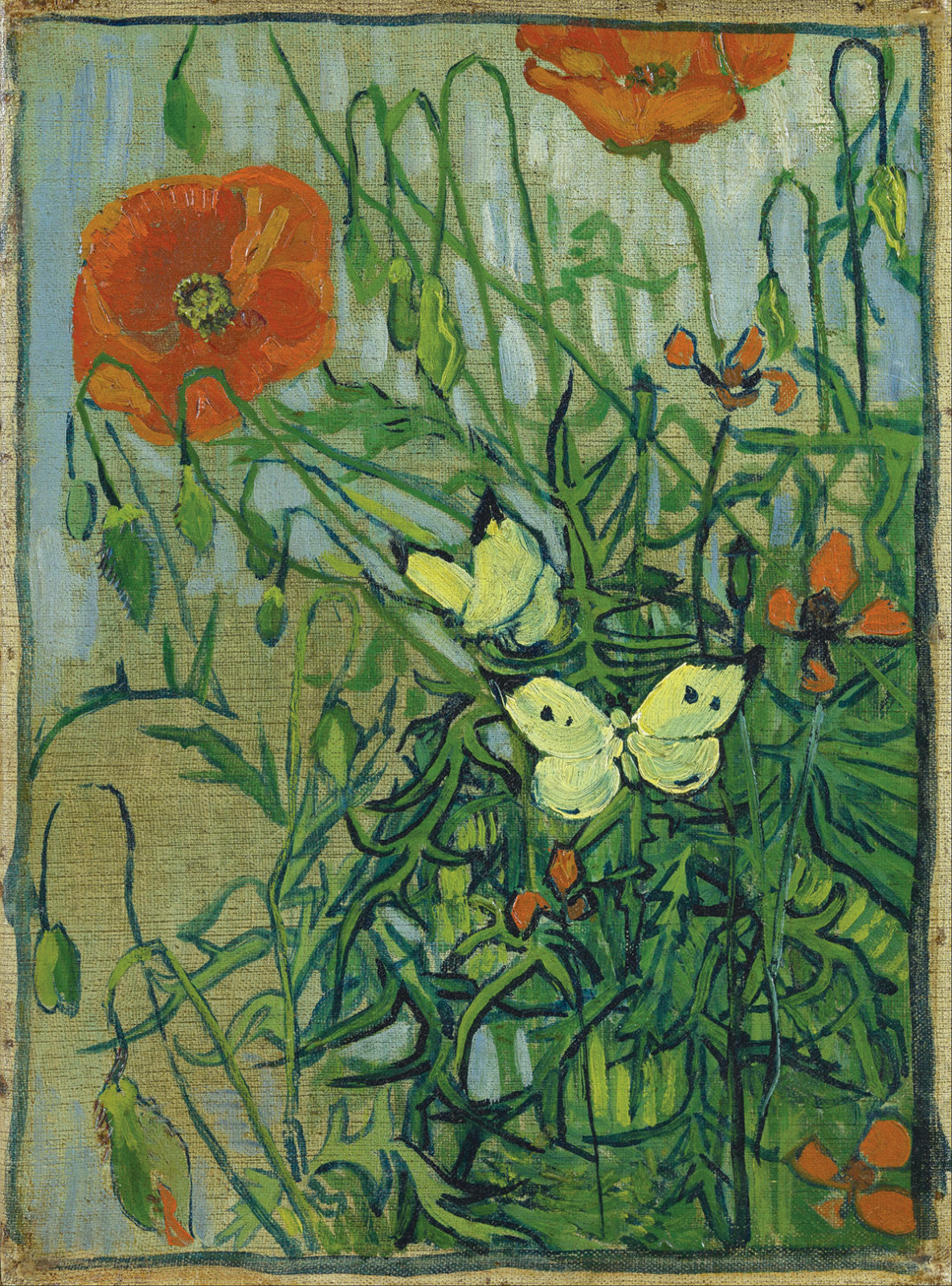When food shortages gripped the United States during World War II, the country responded with a “Dig for Victory” campaign that resulted in more than 20 million “victory gardens” in backyards and public parks and the harvest of more than 8 million tons of fruits and vegetables. Among the most popular produce in these gardens were cabbage, kale, broccoli, kohlrabi, turnips, and Brussels sprouts—all plants from the cabbage family (Cruciferae or Brassicaceae). And among those who ate most heartily from the victory gardens was the caterpillar of the small white butterfly Pieris rapae, or cabbage white. Cabbage whites ate so many victory crops in the United States and in England that one British newspaper called for exterminating the butterflies on sight, calling them “Hitler’s ally.”
People still refer to Pieris rapae as “rat butterfly,” “cabbage moth,” and a “weedy” species—but the extermination never happened. The cabbage white is one of the most common, easily visible flying things in the Bay Area and possibly the most common butterfly in the world. An incredibly rapid spreader, it is North America’s only introduced butterfly, and once you’re looking for it, you’ll see its languorous, wafting flight just about everywhere.
As is generally the nature of the commonplace, though, I’ve found there’s more to the cabbage white than meets the eye.

In a typical year the cabbage white population rises rapidly in the spring and peaks late in the season when the butterfly’s weedy mustard host plants are abundant. When those annual hosts die off in summer, cabbage white butterflies move to other plants, often in watered vegetable gardens, that stay green.
The cabbage white was introduced to the eastern United States and southern Canada along with European cabbage imports in the 1860s. It’s less clear how this species arrived in California. There are no documented appearances in San Francisco before the 1880s, though the butterflies were flourishing in the city by the time of the 1906 earthquake. One Gold Rush-era specimen from Yreka suggests they might have arrived with the Spanish in the Mission period.
Cabbage whites have a darkened underside of the hind wing, which enables them to heat up quickly in the sun. Because the degree of darkening differs from individual to individual and is controlled by temperature and day length, ecologists want to document how the hind wing color changes over time. “That makes them very good subjects for study, because we would expect the regulation of phenotypes to evolve in response to climate change, as well as to our gardens,” says Arthur Shapiro, a distinguished professor of ecology and evolution at UC Davis.
For decades Shapiro has offered a pitcher of beer to the person who brings him the first cabbage white of the year in the Davis-Sacramento area. He’s been tracking first-flight dates and has watched them vary from the beginning of January to the end of February, though when looked at over decades, the first flights are clearly trending earlier and earlier.
A citizen science effort called the Pieris Project uses cabbage whites as a stand-in for other creatures to study environmental change. The project’s website teaches backyard ecologists how to make their own butterfly nets, trap and preserve the butterflies, and mail them to researchers who can study their genetics. “They are the perfect ambassador to other species because we can engage a whole lot of people who can actually catch these butterflies, and it wouldn’t be too bad if they caught too many,” Pieris Project founder and director Sean Ryan told me recently.
To contribute to the Pieris Project, I have begun to search for the cabbage white. Walking my dog around Lafayette Park in San Francisco, I pass an overgrown median. A white butterfly floats over the weeds and overgrown grasses with that signature lazy waft. I stop to watch the sunlight reflect off its wings, so it seems to disappear and then reappear under a reflective cloak of afternoon light.
The cabbage white’s white wings reflect ultraviolet light, which we can’t see but the butterflies can. To our eyes the butterflies seem plain, drab, vanilla—but to each other, females are a gentle lavender and males shine with a deep royal purple. Evolutionary biologist Nathan Morehouse has shown that brighter males are more attractive to females and that the color’s strength reflects the amount of protein the males ate as caterpillars.
And so, for a few moments, I just stop to marvel at even this commonplace, humble creature, imagining the rainbow it sees that I cannot.





